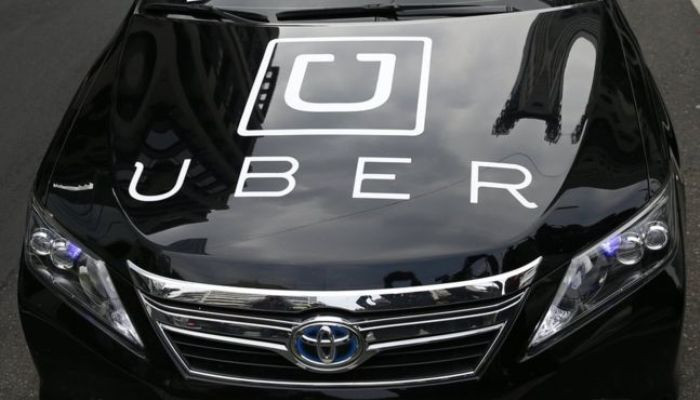A self-driving Uber car has killed a pedestrian in Arizona
 A woman, Elaine Herzberg, died after being struck by a self-driving Uber vehicle in Tempe, Ariz., at approximately 10 pm local time on Sunday evening, according to Tempe police. This may be the first pedestrian to ever be killed in a self-driving vehicle accident. The car was operating in autonomous mode at the time of the crash. Herzberg was transported to a hospital after the crash where she passed away from her injuries, according to a statement from Tempe police. The only person in the Uber vehicle at the time of the crash on Sunday evening was the vehicle operator sitting behind the wheel. An Uber spokesperson said she was not harmed. Uber will be pulling its fleet of autonomous cars off the road in San Francisco, Pittsburgh, Tempe and Toronto, and it’s fully cooperating with the Tempe police. The National Transportation Safety Board, the same government agency that investigated a fatal Tesla accident in 2016, is also conducting an investigation into the accident, a spokesperson confirmed to Recode.The Tempe police department is still in possession of the vehicle so the company is unable to gain access to it in order to analyze the data its many sensors captured during the crash. In incidents like this, after notifying the proper authorities and sending the person who oversees the self-driving cars in that market to the scene of the crime, the company typically gathers a small team of individuals from across the engineering department to determine what went wrong during the crash. That data will help to determine whether the operator was at fault or whether the system was at fault. Based on that information, the company will then decide what the next step is — for example, if it’s a system failure, Uber will likely dig into the software and suspend the fleet for longer. If it’s an operator failure, Uber can decide to redeploy the fleet in the four cities it is currently being tested.This won’t be the first time Uber has grounded its cars in that city. The company pulled its cars off the road in March 2017 to investigate an accident that also happened while the car was operating in autonomous mode. Tempe police, at the time, said the Uber-operated vehicle was not at fault. Once the investigation into that accident was concluded, Uber vehicles returned to the road. But, as we first reported, the company’s self-driving arm had seen little progress in the overall reliability of its autonomous systems between then and its launch in Arizona in December 2016. As of the beginning of March 2017, safety drivers had to take back control an average of once per .8 miles. By the end of the 2017, however, the company had driven two million miles in autonomous mode, which could indicate progress with its autonomous technology. However, it’s difficult to determine how much progress the software has made without knowing things like how often drivers had to take back control of the vehicle from the autonomous system and how well the vehicles maneuver in complex environments.Uber began testing its fleet of self-driving Volvos in Arizona in December 2016 after the California DMV demanded the company cease its operations in the state until Uber acquired the proper permits. As self-driving companies prepare to launch small fleets of driverless vehicles in cities across the globe, many have been clamoring to gain consumer trust — partly in response to a call from Department of Transportation Secretary Elaine Chao for companies to step up and raise awareness about the technology. Fatalities like this — particularly if the Uber software is found to be at fault — can have a devastating effect on any progress many of these companies have made in the past few months. While this may be the first pedestrian to be killed in an autonomous crash, it’s not the first casualty. Most notably, a driver of a Tesla operating in autonomous mode was killed during a collision in May 2016. |



















